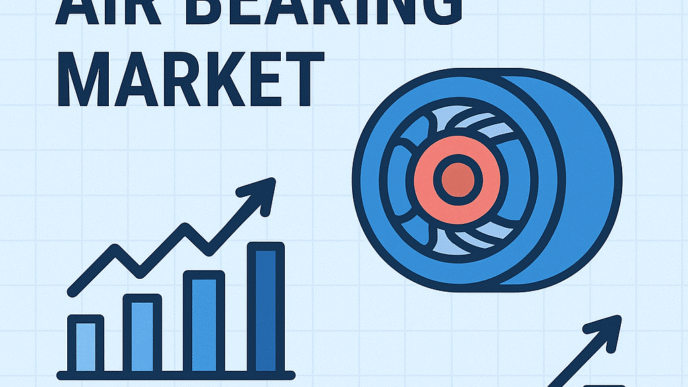Q: What can you tell us about your token?
The Melon token “MLN” is a core component of the Melon protocol (that is being built by Melonport), and is designed to provide a “usage right” (usage license) to the Melon software. The “usage fee” will most likely be imposed on trading and can be thought of as a license fee for the open source software solution made available to the user. From an economic perspective, it works like a Tobin tax – in this way, the opportunistic profitable high frequency trading strategies would cause steady high demand for MLN. The socially responsible “low frequency trading” investor would gladly pay the tiny tax. The average investor would need to consume slightly more MLN but this would likely still be substantially below other alternative solutions.
All “MLN” token that are paid by users to access and use the Melon protocol/software will go into one or several smart contract(s) called a “Governance & Multichain fund”. The purpose of this fund is to allow Melon token holders voting rights on issues such as; deploying Melon on other future blockchains or to cover governance and (including maintenance) of the Melon protocol.
Q: What type of services exist or can we expect in the future?
There will be a plethora of services made available through and alongside the Melon protocol as it continues to be developed. Many of these services will not be provided by Melonport itself, but by developers in the Melon ecosystem. Think in terms of data feeds, exchanges, management/performance fee systems, risk management/compliance packages and governance platforms. All useful very useful tools for fund managers interacting with the protocol, packaged in such a way that the costs of using them are significantly cheaper than if they were iterated on traditional trading platforms.
Q: Are you targeting the consumer or Business Market? If so, how does the business model work?
The Melon protocol is entirely open and free for anyone to use. We expect a full spectrum of users ranging from individuals to multinational corporations – all of whom will be creating value for themselves on top of the protocol. Naturally, individuals are more nimble and can act somewhat faster than larger institutions or companies. So my bet would be individuals. Having said that, we have been overwhelmed by institutional interest globally for what we are doing and that is a good sign that we are working towards solving a real-world problem which handicaps a lot of people in even the institutional world today.
Q: What are the details around the most important project you’re working on currently?
Having completed the Green Paper (https://github.com/melonproject/greenpaper/blob/master/melonprotocol.pdf) for the Melon Protocol, and recently launched a beta of the software running on an Ethereum testnet (http://portal.melonport.com/), we are currently working on a formal specification of protocol itself. This will allow us to test some of the game theoretical aspects of the protocol and provide a clear road map on how we can continue to implement it in code over the next year or so.
Q: The market has many players, what differentiates you?
A few things spring to mind:
– We have designed an open, decentralised ecosystem which lowers costs and barriers for users whilst incentivising developers to contribute.
– Our open architecture and code base from a really early stage allows us to receive feedback early on and iterate.
– We are fully funded by community contributions. This really means we can truly design it in a way which is free from any corporate influence.
– Our open architecture and code base from a really early stage allows us to receive feedback early on and iterate.
– We are fully funded by community contributions. This really means we can truly design it in a way which is free from any corporate influence.
There are many groups and entities trying to build value in the blockchain space, but so far we have not encountered anyone who is trying to do exactly what we are – build a open source protocol and ecosystem for digital asset management. There are groups who are building technology that heavily overlaps with our use cases, and we look forward to working with them and helping them integrate with the Melon protocol where appropriate.
Q: could you tell us more about where you see Blockchain technology in the future?
Right now we are seeing many separate or disparate blockchains being created, be they traditional public blockchains, or new consortium/permissioned blockchains. As a consequence, you end up with these “silos” of value that make it quite difficult for users to port value from one blockchain to another without using a centralised service like an exchange. In the future, we see technologies like Polkadot (being build by Parity Technologies) as a solution to the siloing of value. Polkadot aims to bring together different blockchains into a pooled network. The goal is interoperability, allowing blockchains following certain specifications to be able to easily integrate with each other. This is very important to the core premise of the Melon protocol – the more pools of value the Melon protocol can tap into, the better











